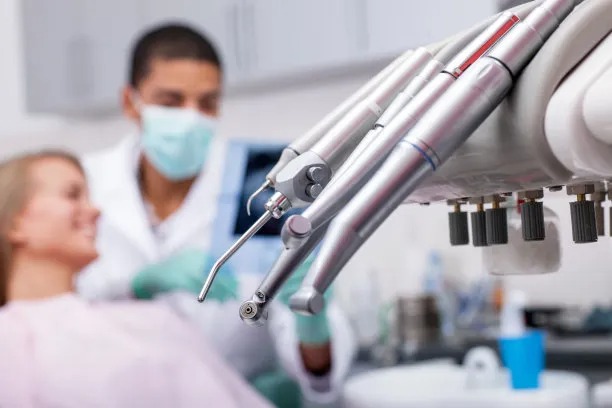Understanding the Process and Importance of Extracting a Tooth for Dental Health and Wellbeing
Summary: Tooth extraction is a common dental procedure with significant implications for overall health and well-being. Understanding the process involves recognizing when extraction is necessary, the clinical procedure itself, the aftermath, and how it contributes to long-term dental health. This article will delve into these aspects, emphasizing the importance of tooth extractions not only for alleviating pain but also for preventing further oral health issues. By examining the reasons for extractions, the procedure, and necessary post-extraction care, this discussion aims to clarify the role of tooth extraction in maintaining a healthy mouth.
1. Reasons Why Tooth Extraction is Necessary

Tooth extractions are often deemed necessary due to a range of dental concerns. The most common reason is severe tooth decay, where the damage to the tooth is beyond repair. When cavities have progressed deeply into the tooth structure, the only solution may be extraction to prevent infection spreading to the surrounding gums and other teeth.
Another reason for extraction is periodontal disease, which can lead to loose teeth. If the supporting structures—bones and gums—are compromised significantly, removing the affected tooth becomes critical to preserving dental health. Leaving decayed or compromised teeth can exacerbate infection and lead to further complications.
Crowding or alignment issues also necessitate tooth removal, especially before orthodontic treatment. In many cases, removing certain teeth can help achieve better alignment and positioning, ultimately leading to improved dental function and aesthetic outcomes.
2. The Clinical Tooth Extraction Procedure Explained
The extraction process begins with a thorough evaluation by the dentist, who determines the best course of action. Local anesthesia is administered to ensure the patient remains comfortable throughout the procedure. For more complicated extractions, sedation may be offered.
Once numbness takes effect, the dentist will use specialized instruments to loosen the tooth from its socket. The extraction may vary in complexity, with simple extractions involving straightforward removal, while surgical extractions are necessary for teeth that are impacted or broken.
After the tooth is extracted, the dentist will provide care instructions, which are critical for the healing process. This may include bite instructions to minimize bleeding, foods to avoid, and signs of potential complications that patients should watch for post-procedure.
3. Managing Post-Extraction Care for Recovery
Post-extraction care is pivotal to successful recovery and helps in minimizing discomfort. Patients are usually advised to rest for a few hours after the extraction to allow the initial effects of anesthesia to wear off. Ice packs are recommended to reduce swelling and pain during the first 24 hours.
Maintaining proper oral hygiene is essential, but special care must be taken to avoid rinsing or spitting in the initial days to protect the blood clot that forms in the socket. Gentle brushing around the extraction site is encouraged to prevent infection.
Patients may also be prescribed pain relievers or antibiotics, depending on the complexity of the extraction. Monitoring the extraction site for any signs of complications, such as excessive bleeding or swelling, is crucial for ensuring a smooth recovery.
4. The Long-Term Benefits of Tooth Extractions
While the idea of tooth extraction can be daunting, understanding its long-term benefits is essential for dental health. After recovery, patients often experience relief from pain associated with diseased teeth, which promotes overall well-being. Healthy gums allow for better oral hygiene and can prevent future dental issues.
Extractions also pave the way for orthodontic procedures, which can greatly enhance both function and appearance. Once misaligned or problematic teeth are removed, patients are likely to have a more effective bite and improved aesthetic outcomes.
Furthermore, timely tooth removals can help in preventing systemic issues. Infections that originate in the mouth can travel to other parts of the body, so removing a compromised tooth can help shield overall health and prevent future medical complications.
Summary:
Understanding the importance of tooth extractions highlights how they contribute not only to relieving immediate dental issues but also to promoting long-term oral health. The process encompasses several vital steps, from identifying the need for extraction to managing post-operative care effectively. Ultimately, tooth extractions play a significant role in maintaining a balanced and healthy dental structure.
This article is compiled by Vickong Dental and the content is for reference only.



